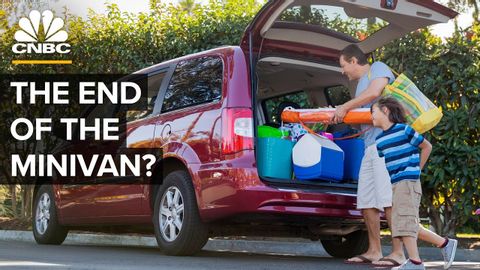小型货车的倒塌(The Fall Of The Minivan)
joey joey 發佈於 2021 年 04 月 25 日  沒有此條件下的單字
沒有此條件下的單字US /ˈʌltəmɪtli/
・
UK /ˈʌltɪmətli/
US /ɪˈkwɪvələnt/
・
UK /ɪˈkwɪvələnt/
US /ˈstrʌɡəl/
・
UK /'strʌɡl/
- v.t./i.奮鬥;掙扎;打鬥;搏鬥
- n. (c./u.)掙扎;掙扎;奮鬥;難題
US /ˌɡærənˈti/
・
UK /ˌɡærən'ti:/
- v.t.保修;保證;保證;法律保障
- n. (c.)(某產品的)保固;保證某事的如期完成;擔保

